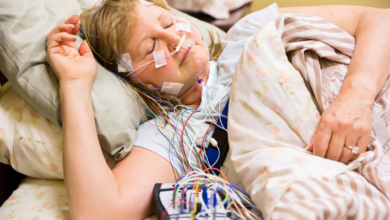Bone Density Scan Test

What is Bone Density Scan Test?
A bone density scan, also known as a DEXA scan, is a non-invasive test that measures the density of your bones. It helps determine your risk of osteoporosis, a condition characterized by weak, brittle bones.
Why Bone Density Scan Test is required?
A bone density scan is often used to:
- Diagnose osteoporosis.
- Assess your risk of fractures.
- Monitor the effectiveness of osteoporosis treatments.
- Evaluate the impact of certain medical conditions or medications on bone health.
Which are the method of Bone Density ScanTest?
The most common method of bone density scanning is dual-energy X-ray absorptiometry (DXA). This involves using low-dose X-rays to measure bone density in the hip and spine.
Who should go for Bone Density ScanTest?
Individuals who may benefit from a bone density scan include:
- Women over the age of 50.
- Men over the age of 70.
- Individuals with a history of fractures.
- People with certain medical conditions, such as thyroid disease or rheumatoid arthritis.
- Women who have gone through menopause.
- People taking medications that can affect bone density.
What are the results ofBone Density ScanTest?
The results of a bone density scan are expressed as a T-score, which compares your bone density to that of a healthy young adult. A T-score below -2.5 indicates osteoporosis, while a T-score between -1 and -2.5 indicates osteopenia (low bone mass).
What are the components of Bone Density ScanTest?
A bone density scan typically involves the following:
- Preparation before the procedure (e.g., removing metal objects)
- Positioning on a scanning table
- Exposure to low-dose X-rays
- Interpretation of the results by a healthcare professional





